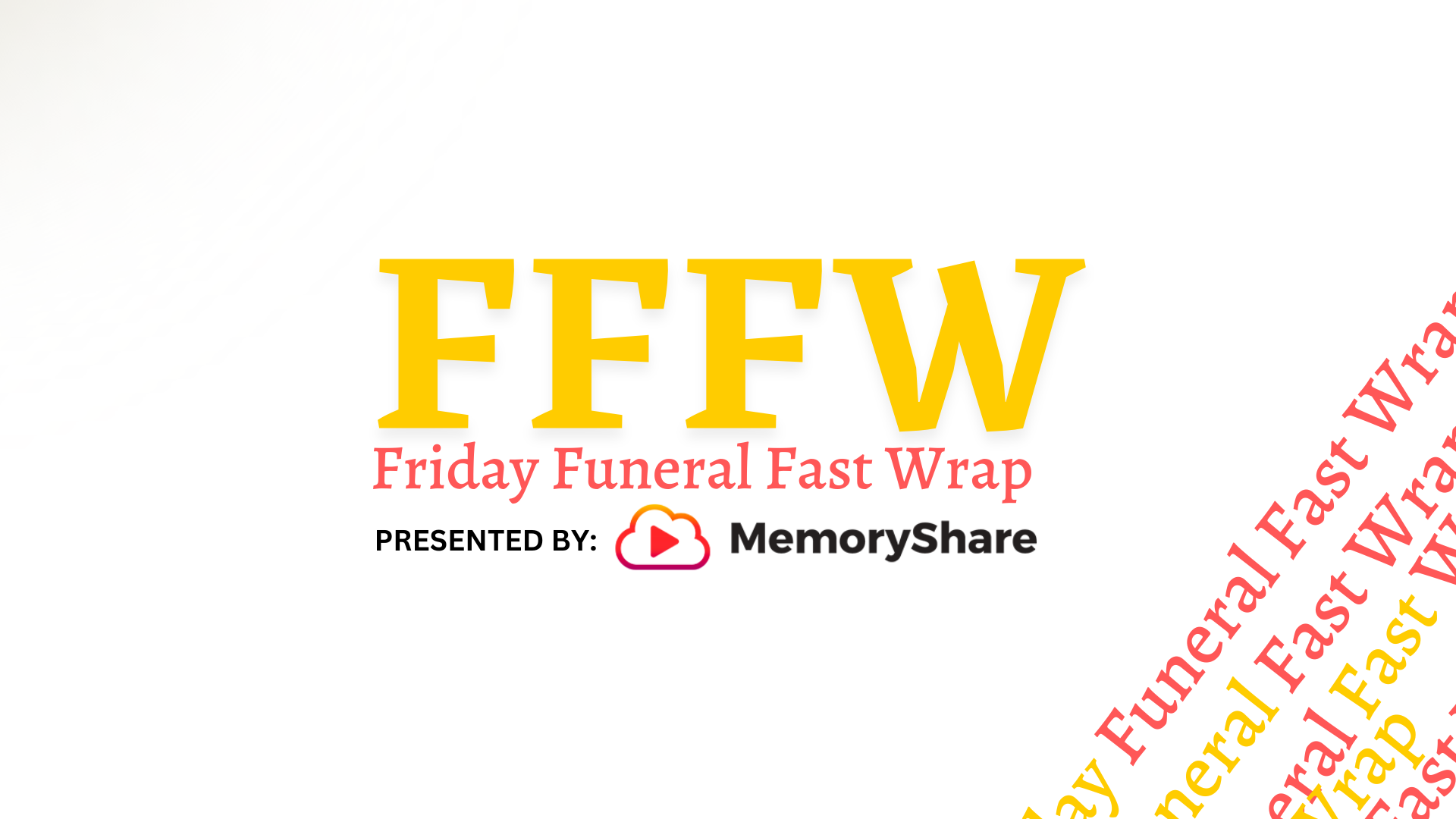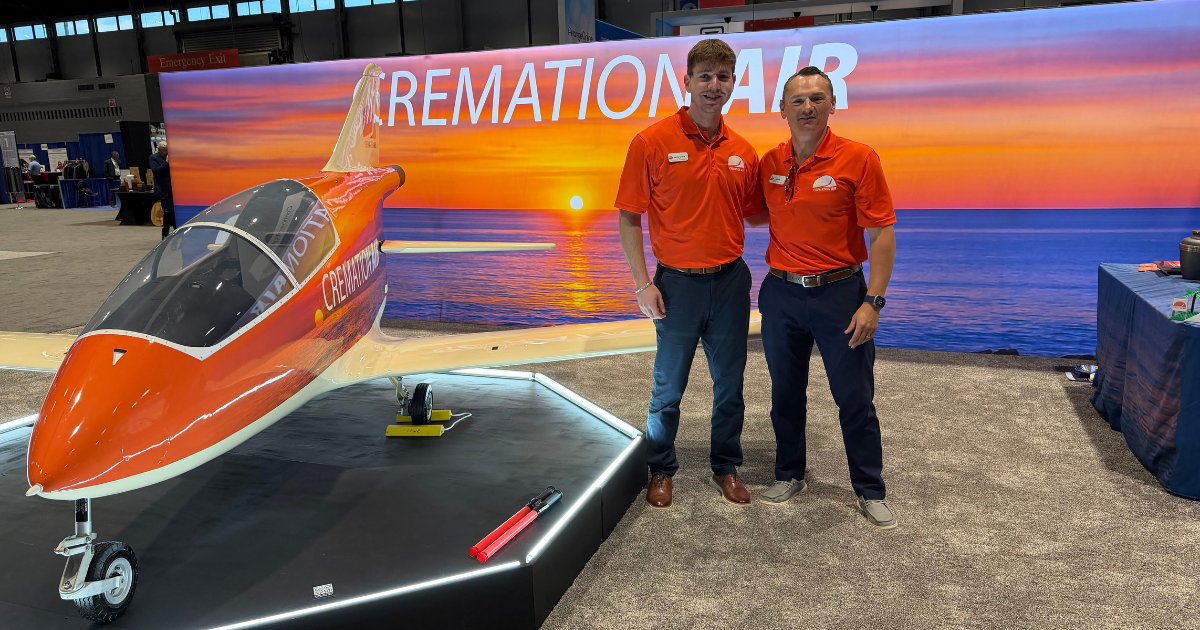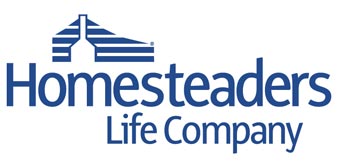Death Perceptions – Pediatric Hospice Nurse, Child-Mortality Expert
 Beginning today, a Dispatch.com (Columbus, Ohio) video series examines death through the eyes of professionals who deal with it every day. It’s part of the job.I will be following the story and posting the articles and videos on the blog. Today’s article follows a Pediatric hospice nurse and a child-mortility expert. For full article and video:
Beginning today, a Dispatch.com (Columbus, Ohio) video series examines death through the eyes of professionals who deal with it every day. It’s part of the job.I will be following the story and posting the articles and videos on the blog. Today’s article follows a Pediatric hospice nurse and a child-mortility expert. For full article and video:
Mortality
Beth Josolowitz takes time to cry.
She might let a tear fall in front of a family when a patient dies, but she often waits for the car ride home. Then she sobs.
The work of any hospice worker is sad. Children’s hospice, however, is heartbreaking.
“It has changed my view of life,” Josolowitz said. “There are no words to describe what it’s like to be with a family at this time.”
She is there after parents learn they will outlive a son or daughter.
For most of us, death is occasional, peripheral. We mourn loved ones, grieve for lost friends, and thank God we didn’t know the person behind the police tape or in a crash on the side of the road.
But for some, such as Josolowitz and Carolyn Slack, a child-mortality expert with Columbus Public Health, death is part of the job.
Although they and other professionals often face humanity at its worst, they say they remain hopeful.
They must, or they wouldn’t be able to go to work.
Beginning today, a Dispatch.com video series examines death through the eyes of people who deal with it daily. The Death Perceptions Web site, Dispatch.com/death, includes interactive databases, using demographic and geographic information, that allow you to see how Ohioans die.
Josolowitz works with mothers, fathers, sisters and brothers when medicine cannot cure an infant, child or young adult whose disease has become a death sentence.
All a family can do is pray that, when the time comes, letting go will be pain-free and peaceful.
Since 1995, Nationwide Children’s Hospital has provided hospice care for hundreds of children and their families who choose to have them die in their own homes.
“With hospice, it’s no longer curative care, it’s comfort care,” said Josolowitz, 54, a hospice nurse at Children’s. “It’s support; it’s helping people live out their wishes for their final months, weeks and days.
“It’s what kind of journey they want.”
Each hospice team — nurses, a chaplain and a social worker — works with the patients and their families to give them some sense of control.
Josolowitz sees her role as a “midwife on the other side,” helping families through the journey from diagnosis to death.
“I pray to the universe to make this a meaningful time, a pain-free time for the child,” Josolowitz said. “I send prayers that I will be of assistance, that I can make the child comfortable.”
The job takes a toll on her as she watches children slip away and families struggle under the weight of grief. She looks for moments of joy, compassion and love to take with her after a patient dies.
She keeps mementos of patients, their parents and siblings in a drawer.
“I never want to forget these families,” Josolowitz said. “I never could forget them.”
Child-mortality expert
The names change, but the numbers stubbornly stay the same year after year.
Our children go by disease, bullet, fire and car crash. Some take their own lives. And more often than not, they die before they even have a chance to live.
“It’s hard not to have some emotions,” said Carolyn Slack, director of maternal and child health at Columbus Public Health. “And frustration is probably one of the biggest emotions.
” ‘This should not have happened. This should not have happened.’ “
Slack has been working for decades to reduce the number of child deaths in Franklin County. She fights for health clinics. She fights for in-home visits with at-risk pregnant women. She fights for dollars.
And yet the numbers stay the same.
In 2007, 198 children died. Of those, 154 were children who didn’t make it to their first birthday.
“Behind every statistic is a child,” said Slack, 61. “That keeps you focused.”
Slack is a member of a countywide team of experts that looks at every child’s death to see whether something could have been done to prevent it. They meet monthly, looking at birth certificates and death certificates and everything in between.
The team, like others across the state, creates an annual report that includes recommendations to reduce the numbers.
“But deaths within the system are just the tip of the iceberg,” Slack said. “There are many more deaths in our society that are caused by the same problems.”
Many are preventable. For example, a lack of prenatal care might lead to premature birth. Or a woman smokes during her pregnancy, causing asthma in her newborn.
Or a 10-year-old child wasn’t wearing a seatbelt in a car crash. Or he had access to a gun.
“It shouldn’t be rocket science,” Slack said.
Slack’s work was always grim, raw. And it got personal when she became a mother, then a grandmother.
But she isn’t ready to quit. Not yet.
“The thing that keeps us all going is that there is something that can be done,” she said. “These are preventable, so let’s look at all of the ways to get the word out.”
Written By: Mark Somerson, msomerson@dispatch.com
Article Provided by: The Columbus Dispatch
The first installment in a ten part web only video series profiling people who encounter death as part of their jobs. In this video, Beth Josolowitz, a children’s hospice nurse, discusses how dealing with death on a daily basis affects her life. To view the complete series visit www.dispatch.com/death. Produced by The Columbus Dispatch.



